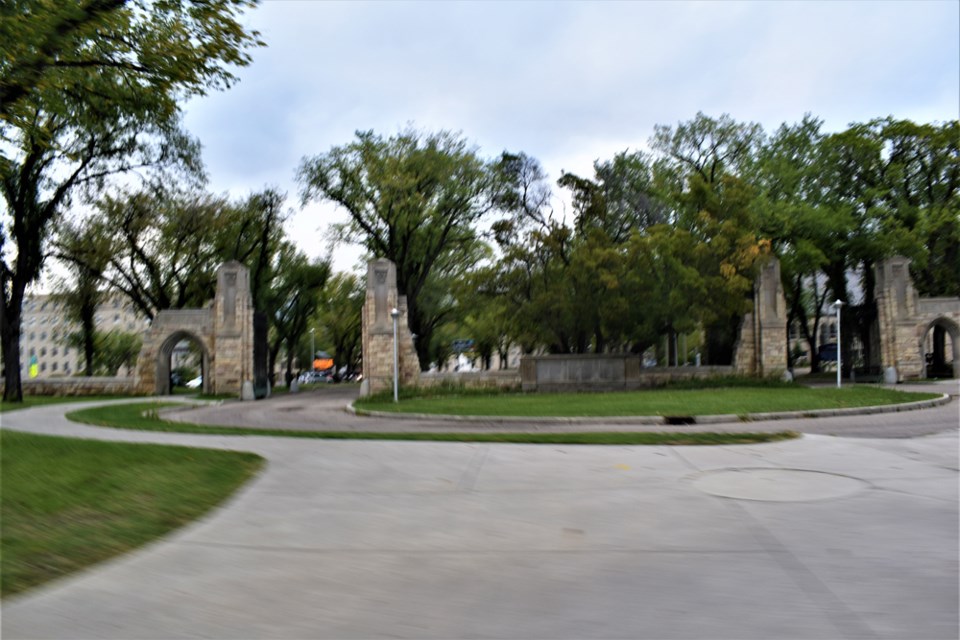SASKATOON – Four research centres at the University of Saskatchewan (USask) equipped to keep Canada at the forefront internationally in vaccine development, imaging science, sustainable water management and monitoring space weather have been awarded nearly $170 million.
Canada’s Minister of Innovation, Science and Industry François-Philippe Champagne announced in Sudbury, Ont., that the federal government is to support 19 research infrastructure projects at 14 institutions over the next three to six years, including those at USask.
The announcement retains operating funding for three existing USask centres — the Canadian Light Source (CLS), Vaccine and Infectious Disease Organization (VIDO) and Super Dual Auroral Radar Network (SuperDARN) and adds a fourth, Global Water Futures Observatories (GWFO).
GWFO is among six new research centres across Canada to receive MSI funding.
“This large federal investment in USask, which is more than one-quarter of all MSI fund allocated, highlights the critical contributions our world-class research centres are making nationally and globally,” said USask President Peter Stoicheff.
Of USask’s MSI funding:
● $2.6 million is for SuperDARN Canada: This USask-led initiative operates five radars located in Saskatchewan, British Columbia, the Northwest Territories and Nunavut to provide continuous mapping of “space weather” above Canada. SuperDARN is part of a synchronized global network of 36 high frequency radars deployed in 10 countries. These radars operate together to provide data crucial for predicting when electromagnetic storms in the Earth’s upper atmosphere could threaten technologies such as GPS, pipelines, electrical grids and navigation equipment.
“This support is critical to our operation. It affirms the importance of our Canadian radars to the international effort to understand space weather. Canada continues to be a global leader in this area of research and engineering,” said Kathryn McWilliams, chair, SuperDARN Executive Council.
● $15.25 million is for GWFO: GWFO is an integrated network of 76 instrumented basins, rivers, lakes and wetlands , 27 deployable observation systems, and 31 state-of-the-art water laboratories. Together they provide data to quickly address flood, drought and water quality issues, GFWO operates across seven provinces and territories, including the Great Lakes Basin. USask leads the nine-university collaboration that operates the network to monitor and help support the development of solutions for the impending water crisis that faces Canadians due to climate change, poor water management, the proliferation of toxic contaminants, and environmental degradation.
“This funding means the core of Global Water Futures will carry on to 2029. And in the tremendous heritage of Canadian hydrological research basins, observatories that go back to the early 1960s, these will continue to be monitored, be sources of science for our professors, places to train our graduate students, and places to test our models and make new discoveries about the changing hydrology in Canada, from the Arctic down to the Great Lakes,” said John Pomeroy, director, Global Water Futures.
“The observations will help us to continue to develop solutions to manage and conserve Canada’s water supplies and major rivers.”
● $53.9 million is for VIDO: VIDO is a global leader in infectious disease research, and vaccine development for humans and animals. The organization has played a key role in Canada’s response to the COVID-19 pandemic. To deliver on its role as Canada’s Centre for Pandemic Research, VIDO is expanding its world-class facilities to include vaccine manufacturing, new animal housing and upgrading to containment level 4. VIDO facilities enable researchers from Canada and abroad to study new and re-emerging infectious diseases, increasingly of zoonotic origins, and develop and manufacture vaccines.
“This funding provides critical support to operate VIDO, one of Canada’s leading research organizations focused on emerging infectious diseases of humans and animals. This helps ensure Canada’s preparedness by enabling Canadian scientist access to world-class containment infrastructure,” said Volker Gerdts, director and CEO, VIDO.
● $97 million is for CLS: Academic, industry and government researchers from around Canada and the world are using the unique-in-Canada advanced synchrotron techniques offered by CLS to probe the structure of matter. Their work is advancing knowledge in health, agriculture, environment, and materials. Research at CLS is helping to advance cancer therapy and find solutions for antibiotic resistance, improve water and soil quality, support global food security and to develop greener technologies for energy production and storage.
“This federal investment secures the operations of our outstanding national facilities, and will help researchers from USask, Canada, and across the world to collaborate in tackling urgent global challenges,” said Baljit Singh, vice-president research, USask.
— Submitted by USask Media Relations




